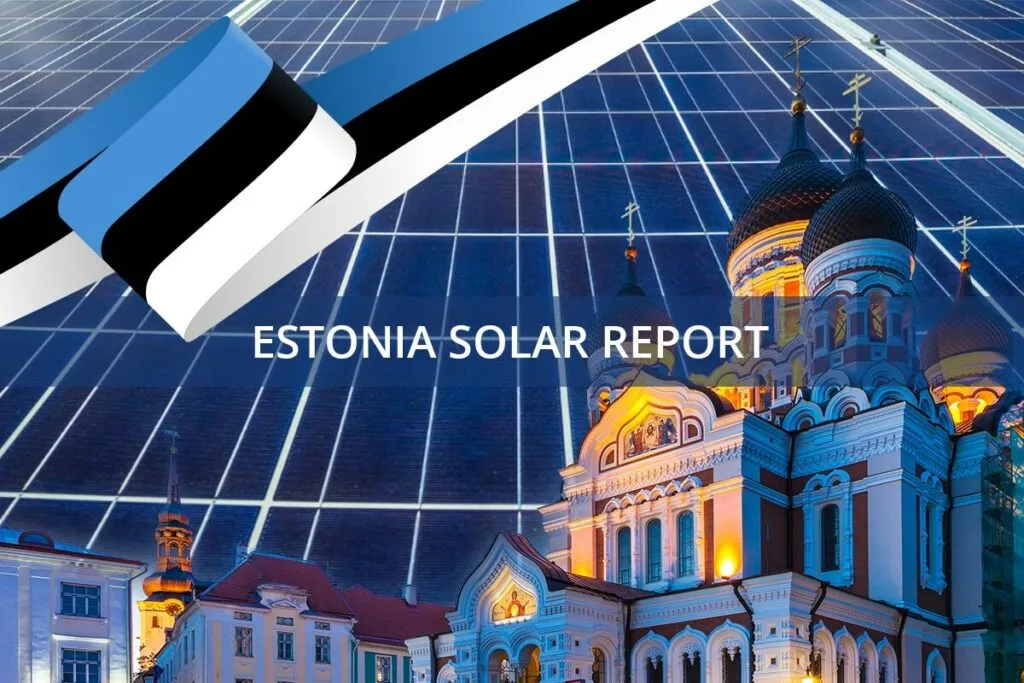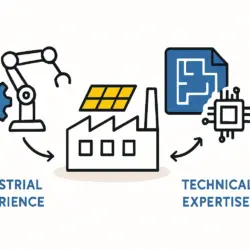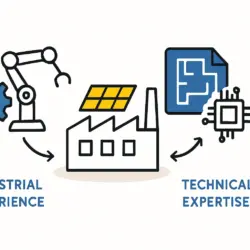Estonia’s state-owned utility, Eesti Energia, has selected technology group Wärtsilä to supply a pioneering grid-scale battery energy storage system (BESS) in the country, marking a significant step in its green energy transition.
Project Details: A Key Step for Estonia grid-scale BESS
Finnish technology group Wärtsilä is set to deliver the energy storage system to Eesti Energia. Following the completion of the procurement process, it has been confirmed that LG Energy Solution will supply the batteries for the 26.5MW/51MWh project. The battery energy storage system (BESS) will be built in Põlva County, south Estonia, and is scheduled for completion in May 2025. This critical installation will be connected to the grid of Elering, Estonia’s transmission system operator (TSO).
The primary role of the BESS will be to provide frequency regulation and other ancillary services to the Estonian grid. This means it will help maintain the grid’s frequency at a stable 50 Hz, which is crucial for preventing power outages and equipment damage. By storing excess energy and releasing it when needed, the system will also be instrumental in integrating more intermittent renewable energy sources, particularly wind and solar, by smoothing out their fluctuating output and ensuring a reliable power supply.
Eesti Energia’s head of energy storage, Risto Connolley, stated, “As an innovative and renewable energy-focused company, we are committed to sustainable energy solutions and reducing our carbon footprint. Wärtsilä’s energy storage system will support our mission and help us balance the grid and provide ancillary services, thereby enabling more renewable energy to be integrated into the grid.”
Estonia’s First Grid-Scale BESS
This project marks Eesti Energia’s first venture into grid-scale battery storage and is one of the first of its kind for Estonia. The development is part of a growing trend in the country, which is increasingly embracing energy storage solutions. This aligns with Estonia’s renewable energy leap, which has seen significant investments in sustainable infrastructure.
Last year, the Estonian government allocated EUR 16 million (USD 17.23 million) to four different BESS projects through the EU’s Recovery and Resilience Facility, signaling strong support for enhancing the nation’s energy storage capabilities. This push for renewables is not limited to utilities; other companies like Elisa Estonia are powering telecom networks with solar panels, showcasing a broad-based move towards sustainability. Additionally, the Estonian Defence Forces (EDF) have announced plans to build their own BESS for balancing services at the Ämari Air Base.
Eesti Energia is already planning its next move, developing another, larger BESS in Lääne-Viru County. This system will boast a capacity of 74MW/148MWh and is expected to be operational by March 2026. This trend mirrors a global push by energy companies to integrate storage, similar to how RWE is expanding its US solar and battery portfolio.
Eesti Energia’s Commitment to Renewable Energy
As Estonia’s largest producer of renewable energy, Eesti Energia operates the Auvere Power Plant, one of the most flexible power plants in the region. Its subsidiary, Enefit Green, is a leading renewable energy producer across the Baltics and in Poland.
Eesti Energia maintains a strong presence in the Baltic energy markets and is actively expanding its operations into Finland. The company’s core strategy is centered on aggressively increasing its renewable energy production, enhancing customer satisfaction, and innovating new energy products and services.
The addition of this grid-scale BESS is a direct and powerful execution of that strategy. It will significantly bolster Eesti Energia’s capacity to integrate renewables and provide essential grid-stabilizing services. This project is not just a technological milestone but a major step forward in Estonia’s journey toward a more sustainable and resilient energy future.
To learn more about the technologies driving the renewable energy revolution, consider enrolling in our free e-course on solar energy.



